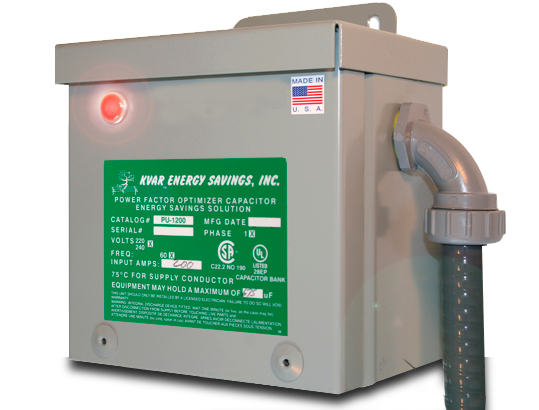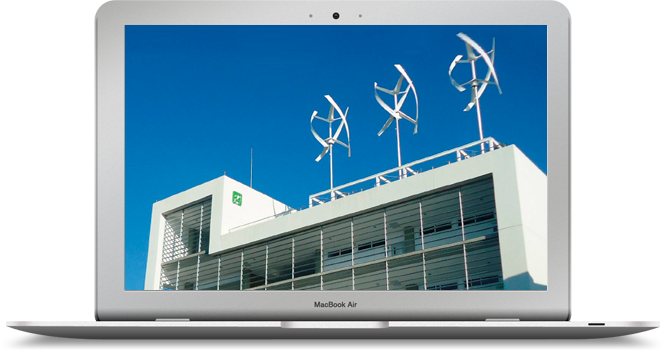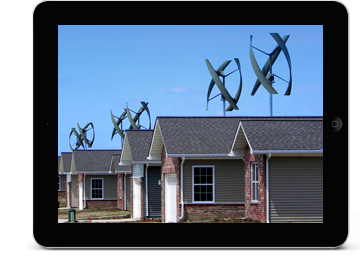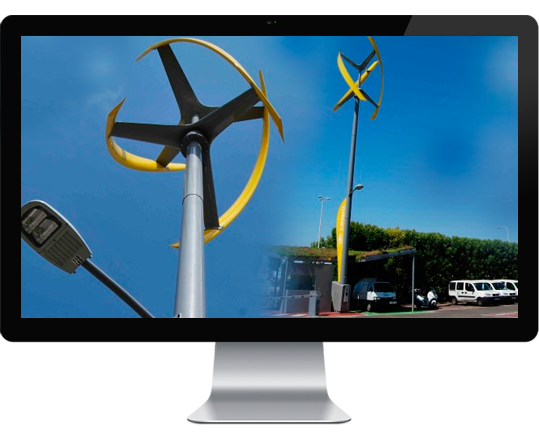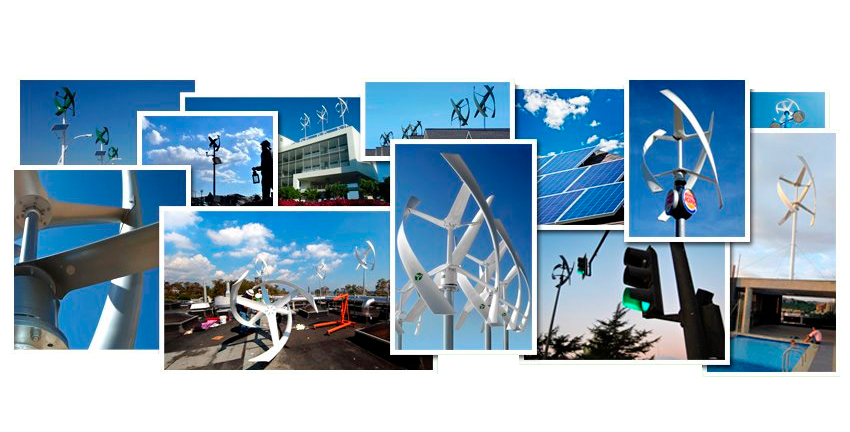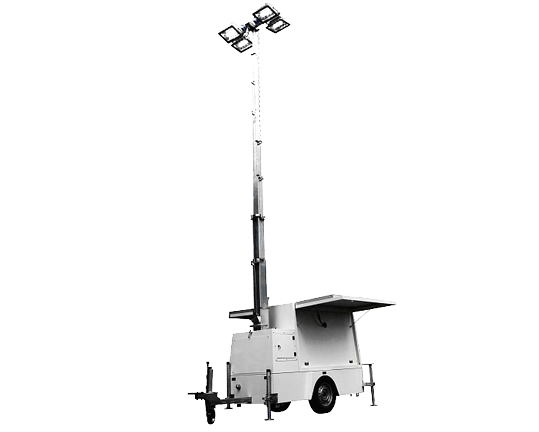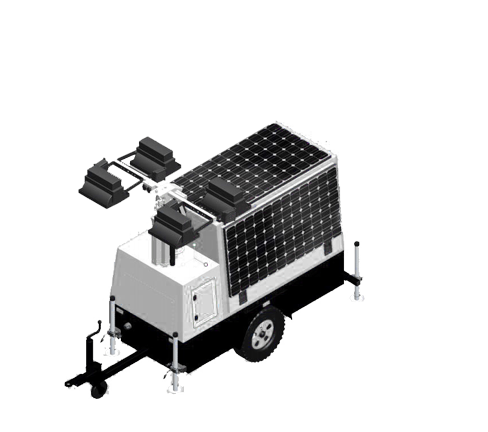Hybrid Systems
Systems combining wind and solar energy have been made possible by recent technological developments. They are integrated easily into most homes and are often linked with a battery-backup system that provides energy security in case of grid failures.
Combining renewable energy systems has numerous positive benefits for homeowners. Principal among them are:
A.) Increased and consistent energy production
B.) Less required space per installation

A natural, negative correlation exists between sun and wind-power generation: when one is high, the other tends to be low. The most obvious difference is between day and night. However, on a larger scale, seasonal changes are equally important. Shorter days and higher average wind speeds limit solar production during winter months, while longer days and ample sunshine work in its favor in the summer. These factors take on greater weight when a battery-backup system is in place. In this type of system, the energy stored in the batteries needs to be replenished more often than what is achievable with a solar-only system. This is especially true in locations with extreme seasonal variance. Likewise, homeowners benefit by producing surplus energy, which not only keeps energy bills at zero, but can often be sold back to the grid for a net profit!
The second advantage relates to the physical space required for renewable energy systems - the "energy density footprint" in industry lingo. For many homeowners, the footprint is a major concern. While going green is a great goal, many homeowners have either limited space to install their system or simply do not want a renewable energy system to overshadow their home or take up a large area of their property. For solar panel arrays, necessary area increases nearly proportionally with power output. For example, a two-kilowatt solar system requires twice the space of a one-kilowatt system. For wind energy, however, the space required increases only marginally. The tower base is the only required space at ground level. Even accounting for the entire turbine’s shadow, a standard four-kilowatt turbine requires about 25% as much space as an equivalent solar system. Where space is limited, such differences can make or break the decision to install, and in far too many instances this information is not readily available.
Taken together, hybrid wind/solar systems can strike the balance many customers are looking for between cost, energy production, and space.
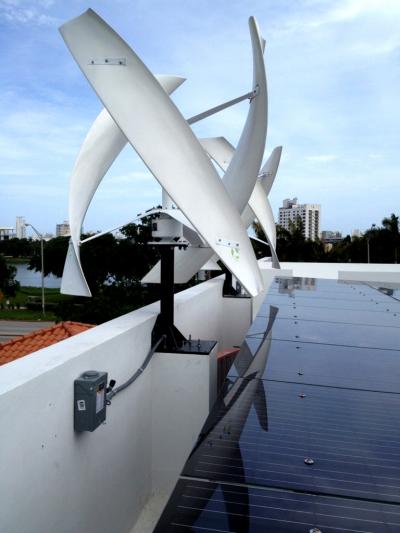 |
|



